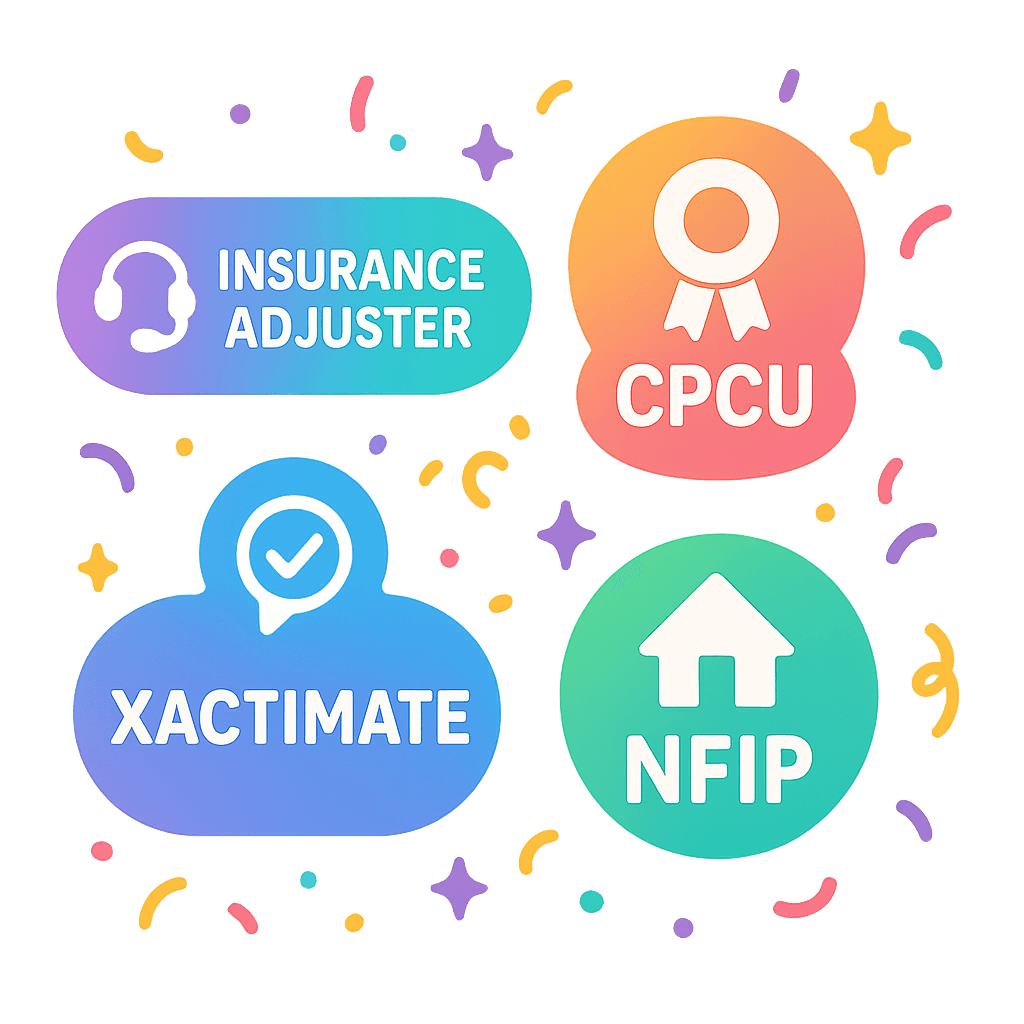Occupational Therapist Resume Certifications

Certifications on an Occupational Therapist’s resume aren't mere glitter—think of them as neon signs screaming “qualified and ready.” In this article, you’ll learn why recruiters love these credentials and exactly which ones make your resume irresistible. Let’s roll up our sleeves and add some certified sparkle to your job hunt.
Why Certifications Matter for Occupational Therapist Careers
A certification hanging next to your name tells employers and clients you didn’t just meet the minimum—you cared enough to master the nuances of your craft. It’s like carrying a badge that shouts, “I know my stuff” without ever making a sound. In a field crowded with resumes, those credentials can nudge you up the shortlist, showing you’re committed to growth and excellence. Certification doesn’t just boost your credibility; it marks you as someone who keeps learning long after the diploma’s been framed.

Adding a certifications section to your resume can really boost your chances, especially for occupational therapy jobs that demand specific skills or licenses.
Essential Certifications for Advancing as an Occupational Therapist
- Certified Hand Therapist (CHT) – Demonstrates specialized expertise in rehabilitation of the hand, wrist, elbow, and shoulder, opening doors to advanced hand therapy roles.
- Board Certification in Pediatrics (BCP) – Signals deep specialization in pediatric occupational therapy, bolstering credibility in children’s therapy settings.
- Board Certification in Gerontology (BCG) – Highlights focused skills in working with elderly populations, essential for roles in geriatric care.
- Certified Brain Injury Specialist (CBIS) – Shows command in treating brain injury survivors, making professionals stand out in neurorehabilitation.
- Assistive Technology Professional (ATP) – Confirms practical know‑how in matching individuals with assistive devices, crucial for empowering clients’ independence.
- Board Certification in Physical Rehabilitation (BCPR) – Anchors a reputation for treating adults with complex physical disabilities across diverse rehab environments.
- Certified Low Vision Therapist (CLVT) – Affirms proficiency in supporting individuals with visual impairments, broadening practice scope into vision rehabilitation.
DO'S
- Highlight active certifications near the top of your resume.
- Specify full certification titles and issuing organizations.
- Include relevant certification dates to show validity.
DON'TS
- Don't list expired or irrelevant certifications.
- Don't use acronyms without spelling them out first.
- Don't clutter the section with uncertified courses or workshops.
Pro Tip: Because swamped hiring managers rarely wade through irrelevant details, spotlighting your most pertinent certifications lets your expertise crackle right off the page and proves you’re not just qualified—you’re a perfect fit.



